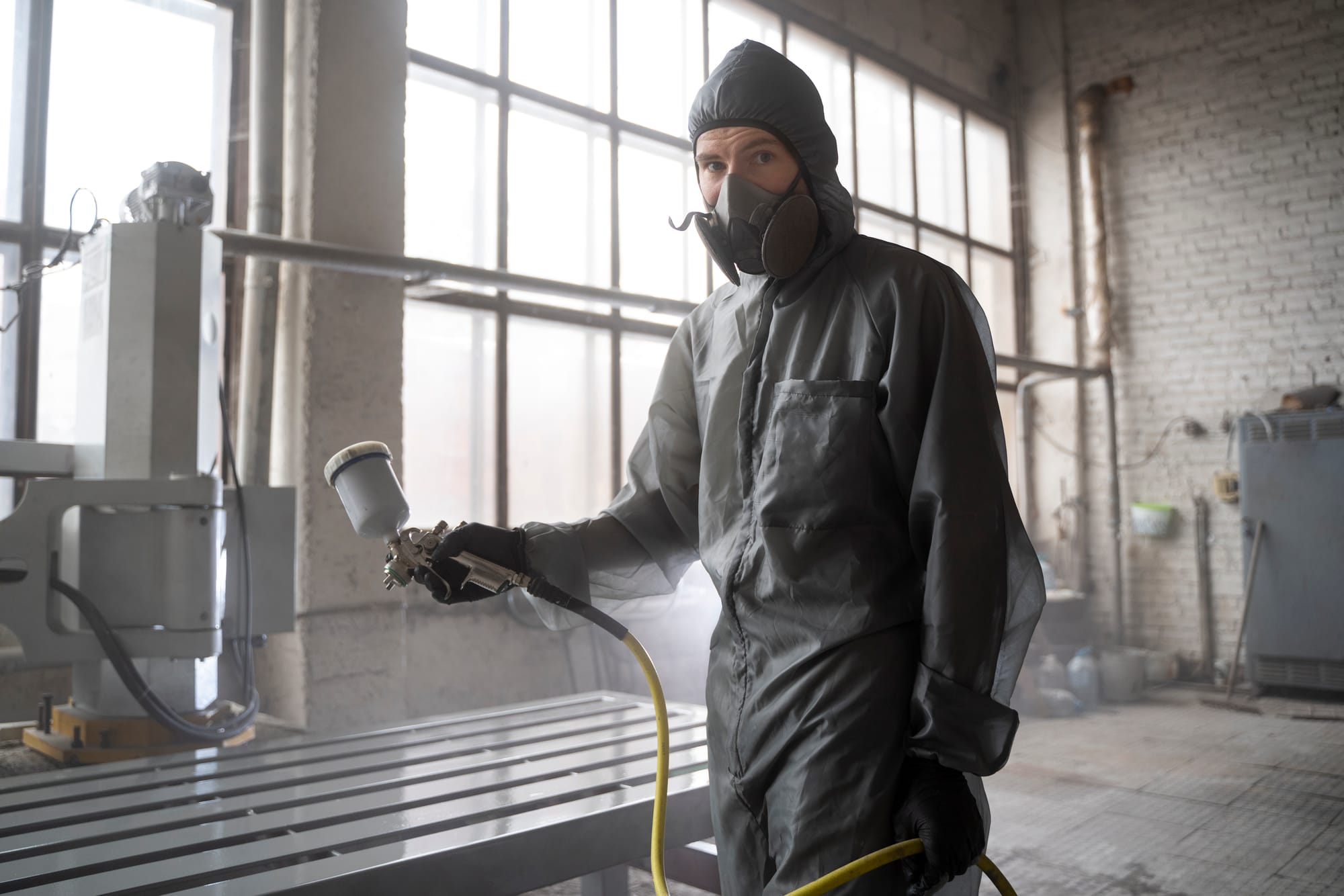How to Select the Right Blasting Equipment for Your Needs

The right blasting equipment is essential in achieving the maximum outcome in surface preparation, cleaning, and finishing projects. With so many options available today, knowing precisely what you need will help you distinguish between the suitable abrasive materials you can use—like steel shot—making the right blasting equipment for the job. Read on to get an overview of the key points and features.

Understanding Your Blasting Requirements
Before diving into the available equipment, it’s essential to identify the purpose of your blasting project and the materials involved.
1. Determine the Surface Material and Objective
The type of surface you’re working on—whether it’s metal, concrete, wood, or another material—will influence your equipment choice. For instance:
- Metal Surfaces: Require durable abrasives like steel shot, which provide consistent results for cleaning, rust removal, and surface preparation.
- Delicate Surfaces: Need softer abrasives and gentler blasting techniques to avoid damage.
Knowing whether your goal is cleaning, smoothing, profiling, or coating removal helps narrow down your options.
2. Evaluate the Scale of Your Project
Consider whether your project is a one-time task, a series of small jobs, or a large-scale operation. Larger projects may demand high-capacity blasting equipment, while smaller tasks can be managed with portable or handheld units.
Choosing the Right Blasting Equipment
Once you’ve identified your requirements, it’s time to explore the features and types of blasting equipment available.
1. Types of Blasting Equipment
There are various types of blasting equipment, which are designed for different applications:
- Pressure Blasters: Suitable for heavy-duty applications, like removing paint or rust from large surfaces. These units deliver high pressure for efficient cleaning.
- Suction Blasters: Best suited for lighter jobs, offering more control and precision for detailed work.
- Wet Blasters: Water minimizes dust and heat, so it is good for sensitive environments.
- Cabinet Blasters: Enclosed systems for repetitive operations, like finishing small parts or preparing surfaces for coating.
2. Abrasive Media
The choice of abrasive media is a decisive factor in ensuring the desired outcomes. Steel shot, for example, is extensively used in various industrial applications because of its durability and reusability, besides achieving a smooth metal surface finish. Some advantages of steel shots are that it produces minimal dust, lasts long compared to others, and suits peening as well as preparation of surfaces.
- Other Media: Options include glass beads, aluminum oxide, or sand, each offering unique properties for specific tasks.
3. Assess Equipment Features
Look for the following features when selecting blasting equipment:
- Adjustable Pressure Settings: For flexibility in handling various materials and tasks.
- Capacity and Size: Ensure the equipment matches the scale of your projects.
- Portability: Portable units are ideal for on-site tasks, while stationary systems are better suited for workshops.
- Durability and Maintenance: Opt for robust equipment that requires minimal upkeep.
Why Steel Shot is a Game-Changer in Blasting
Steel shot stands out as one of the most effective abrasive materials in blasting applications. Here’s why:
- Versatility: It works well for cleaning, descaling, and surface hardening on metal.
- Eco-Friendliness: Steel shot is recyclable, reducing waste and operational costs.
- Efficiency: Its spherical shape ensures uniform coverage and consistent results.
By adding steel shot to your blasting projects, you will get better performance and save costs in the long run.
Making the Final Decision
Selecting the proper blasting equipment demands consideration of your project needs, type of material, and finish. Take your time to research and compare options, making sure that you select the equipment that matches your goals and budget.
Success Tips:
- Work with reputable suppliers to have access to good quality equipment and abrasive materials.
- Consider safety features in the design of the equipment for the protection of the operators during the blasting operation.
- Test equipment with different abrasives, such as steel shot, to determine the best fit for your tasks.
Conclusion
Proper blasting equipment selection will achieve precision, efficiency, and a long-lasting finish. Understand the requirements of your project, learn about types of equipment, and make the most of high-performance abrasives like steel shot to raise your surface preparation and finishing processes to the next level. Armed with the right tools and knowledge, you are now ready to handle any blasting challenge.
